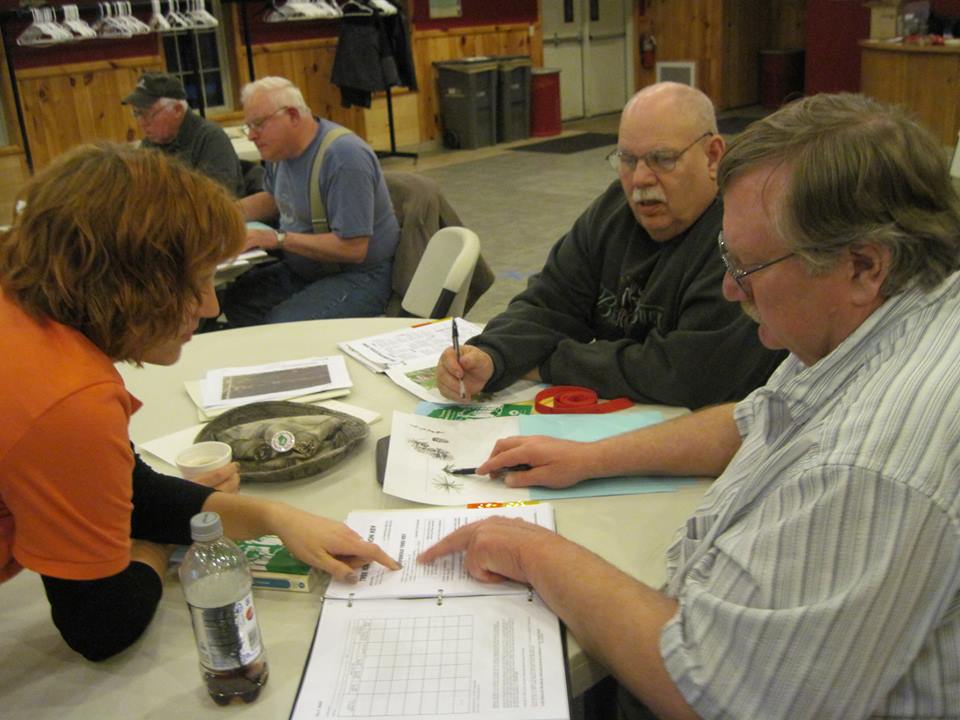Our job as Extension Forestry Educators is to serve as interpreters of the language of forest management. Even that term itself, forest management, feels foreign to many woodland owners. Admittedly, sometimes I miss the mark, like trying to explain basal area to a group of landowners off the cuff. But most of the time, connecting you to your woods is very rewarding when I see your eyes light up when I do hit the mark.
Recently while teaching succession planning classes, we were talking about getting the next generations involved in the woods. Some landowners feel reluctant to teach their kids or grandkids about the woods as they feel they don’t know enough themselves. To me, this is the perfect opportunity to learn together, and you get the bonus of seeing someone else’s eyes light up when they figure it out. So, this month, we’ll give you some tools to learn your woods together.
One of my favorite classes to teach is tree identification. It’s a fun way for landowners to learn more about their woods, simply by knowing what trees you have. Also, I love when people refer to those trees with needles by their real names, and not just “pine tree”. There are lots of well written and beautiful tree identification guides, but unless you know what a chambered pith is, those guides can be complicated. In our class, we use this simple tree key that was developed for schools. This means you and the young ones can learn the trees at the same time. There are still some terms to learn, so there is a nice 2 page sheet with the basic terms. If you want to go the technology route, there are a few phone apps that work well too.
Most landowners say that wildlife is their number one interest for owning woodlands, whether for hunting or watching. We encourage you to take a closer look at your property to identify what wildlife are present, and what type of habitat exists. Again, there are lots of good activities for both landowners and the next generation to explore your land together. This activity encourages younger kids to look at individual trees to learn how wildlife might use them for food or shelter. If you want to dig deeper and learn about specific wildlife and how they use your property, “How to Inventory and Monitor Wildlife on Your Land” is a 71-page publication that details 22 different techniques from nest box surveys to snow track surveys to cover boards. Most of them are easy enough for children to help with as well.

Bottomline, don’t let your fear of not knowing the answers get in the way of teaching the next generation about your woods. There are lots of fun ways to do it together. If you have other ideas, let us know what you’ve used. We’d love to highlight these on our Facebook page.
